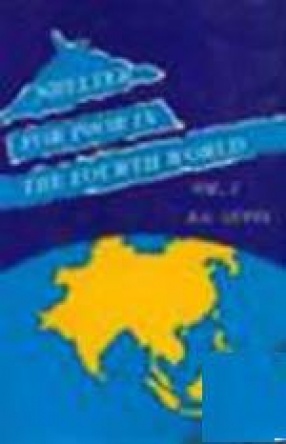
Jadu Saha

Showing all 9 books

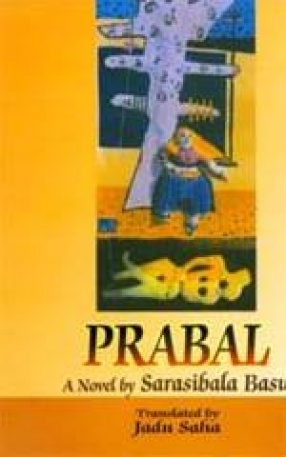


India’s Nobel Prize winning poet, Rabindranath Tagore (1861-1941) said that his songs would live long after all his other works were forgotten. It has proven to be true, as today, even in the land of his birth, Tagore’s songs are better known than the rest of his literary output. His poetical works include about two thousand five hundred songs (both the lyrics and music), an endless variety of outstanding and innovative poems, plays in verse and half a dozen ...
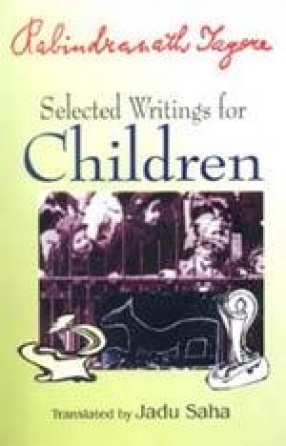
Many people outside Bengal are unaware of the extent of Rabindranath Tagore’s writings for children. In more than thirty volumes of his writings there is enough material for at least two volumes for children. These include the entire range of human experience: the comic, the world of child’s imagination, the philosophic, tragic and even at times the grim and horrific. This book presents samples from most types of Tagore’s writings for children short ...
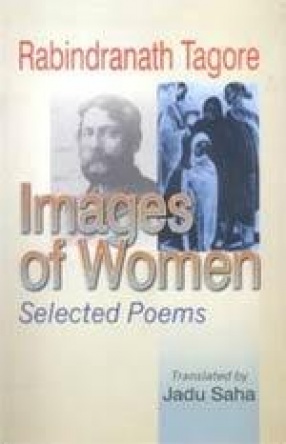
Rabindranath Tagore is known outside Bengal mainly as the poet of Gitanjali and has been stereotyped in the West as a mystic poet for the deeply spiritual poems in his Nobel Prize winning book. But the principal driving force of his poetry was humanism. Image of women in his poetry is one aspect of this humanism, and is focused in the book. The women's liberation and the phrase "gender equality" was not in the English vocabulary when these poems were ...
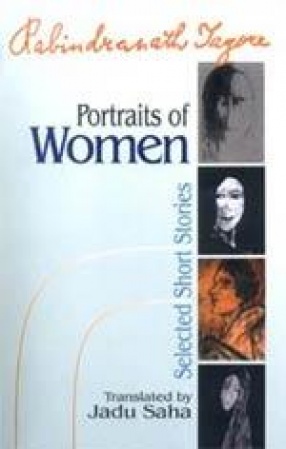
Though Rabindranath Tagore's literary genius shines best in his poetry, his short stories come as a close second and are world-class in their artistry and craftsmanship. Tagore, the father of Bengali sort stories, set such a high standard that it has rarely been surpassed since. The principal driving force of his literary work was not his love for God but his humanism. The stories in this book present one aspect of this humanism-drawn in soft earth colours and ...

Sarasibala Basu (1886-1929) belonged to the generation of writers of the Bengali renaissance period, along with Rabindranath and Saratchandra, though she was born almost a generation later. In her short lifespan and despite all kinds of adverse circumstance she made a big impact on Bengali literature. Sarasibala wrote passionately and eloquently about the social issues and the world around her. In Prabal, we see a society in transition. Rural areas are alienated ...
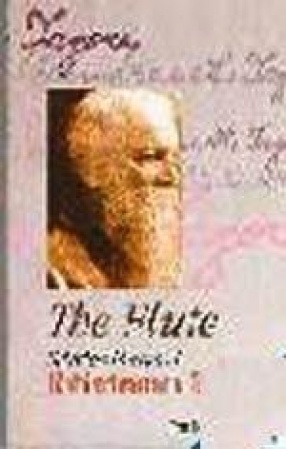
People around the world know Rabindranath Tagore (1861-1941), India’s Nobel Prize winning poet, as the poet of Gitanjali, in which he wrote about spiritual matters and about his Lord, beloved and friend and thus as mystic. He was far from it. No Indian poet since Kalidas wrote so much about man and nature. European poetry is mainly about man and nature whereas Indian poetry is primarily about devotion to God. The principal driving force of ...

As a little girl, Suchitra Bhattacharya enjoyed making up stories and writing them down. After her graduation from Calcutta University and marriage, she returned to the world of writing in the 1970s. She didn’t take long to emerge as one of the most prominent writers in Bangla.Suchitra is a perceptive observer of the changing urban milieu and her writing closely examines the crises faced by the contemporary Bengali middle class. This winning collection ...
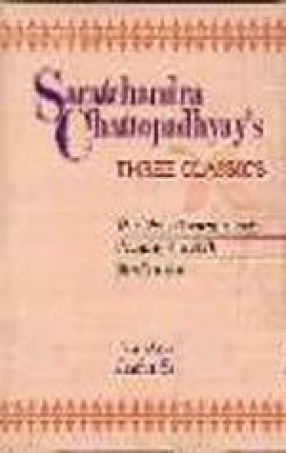
Three Saratchandra Chattopadhyay's classic stories translated from the original Bengali in easy to read English are presented in this book. The best loved and most popular Immortal Wordsmith of Bengal wrote these stories in his inimitable style.
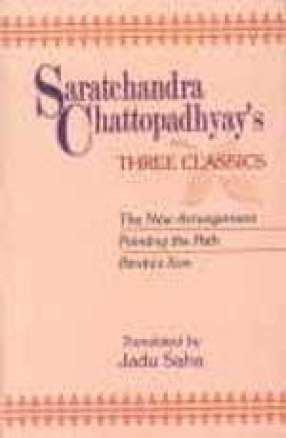
Three Saratchandra Chattopadhyay's classic stories, translated from the original Bengali in easy to read English, are presented in this book. The best loved and most popular immortal Wordsmith of Bengal wrote these stories in his inimitable style.
